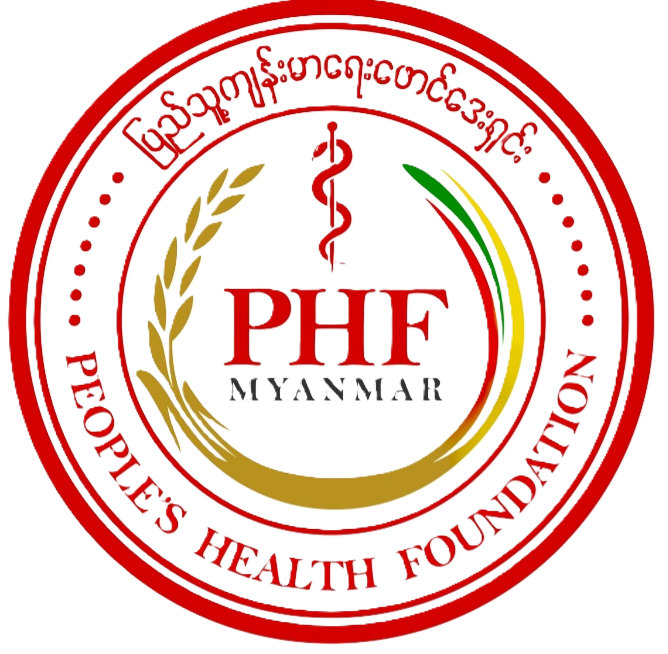WHO FCTC Article 6 – Price and tax measures to reduce the demand for tobacco
- The Parties recognize that price and tax measures are an effective and important means of reducing tobacco consumption by various segments of the population, in particular young persons.
- Without prejudice to the sovereign right of the Parties to determine and establish their taxation policies, each Party should take account of its national health objectives concerning tobacco control and adopt or maintain, as appropriate, measures which may include:
- implementing tax policies and, where appropriate, price policies, on tobacco products so as to contribute to the health objectives aimed at reducing tobacco consumption; and
- prohibiting or restricting, as appropriate, sales to and/or importations by international travellers of tax- and duty-free tobacco products.
- The Parties shall provide rates of taxation for tobacco products and trends in tobacco consumption in their periodic reports to the Conference of the Parties, in accordance with Article 21.
DNY59/iStockPhoto

The most effective approach to controlling the spread of tobacco use is through policies that directly reduce the demand for it. There are many valuable ways of going about this, from advertising bans to public smoking prohibitions, but the most potent and cost-effective option for governments everywhere is the simple elevation of tobacco prices by use of consumption taxes.
Evidence from countries of all income levels shows that price increases on cigarettes are highly effective in reducing demand. Higher prices induce cessation and prevent initiation of tobacco use. They also reduce relapse among those who have quit and reduce consumption among continuing users. On average, a 10% price increase on a pack of cigarettes would be expected to reduce demand for cigarettes by about 4% in high-income countries and by about 5% in low- and middle-income countries, where lower incomes tend to make people more sensitive to price changes. Children and adolescents are also more sensitive to price increases than adults, allowing price interventions to have a significant impact on this age group.
Article 6 of the WHO Framework Convention on Tobacco Control, “Price and Tax Measures to Reduce the Demand for Tobacco”, recognizes the importance of this policy and calls on governments to implement tax and price policies to contribute to their national health objectives.
Most governments levy taxes on tobacco products, including excise taxes, value added taxes (VAT) or general sales taxes and import duties. Of these, tobacco-product excise taxes are most important for achieving the health objective of reduced tobacco consumption since they are uniquely applied to tobacco products and raise their prices relative to the prices of other goods and services.
here are two types of excise taxes – specific and ad valorem. A specific excise tax is levied based on quantity (e.g. a fixed amount per cigarette or weight of tobacco), while an ad valorem excise is levied based on value (e.g. a percentage of the factory price or retail price). Both types of excises have their strengths and weaknesses (see excise taxes). The ideal level and possible combination of both depends on the situation of the country.
The experiences with the variety of taxes and changes in taxes and tax structures applied to tobacco products around the world, supported by economic theory, provide an extensive evidence-base for identifying best practices in tobacco taxation.
These best practices include the adoption of a relatively simple tax system that applies equivalent taxes to all tobacco products, with
- at least 70% excise tax share in final consumer price
- tax increases that exceed increases in consumer prices and incomes, to reduce the affordability of tobacco products
- minimization of incentives for tobacco users to switch to cheaper brands or products in response to tax increases
- improvement of tobacco tax administration to reduce opportunities for tax avoidance and tax evasion
WHO Presentation on Tobacco Taxation –
https://www.who.int/tobacco/economics/presentationstaxation/en/
WHO technical manual on tobacco tax administration
https://www.who.int/tobacco/publications/economics/tax_administration/en/


